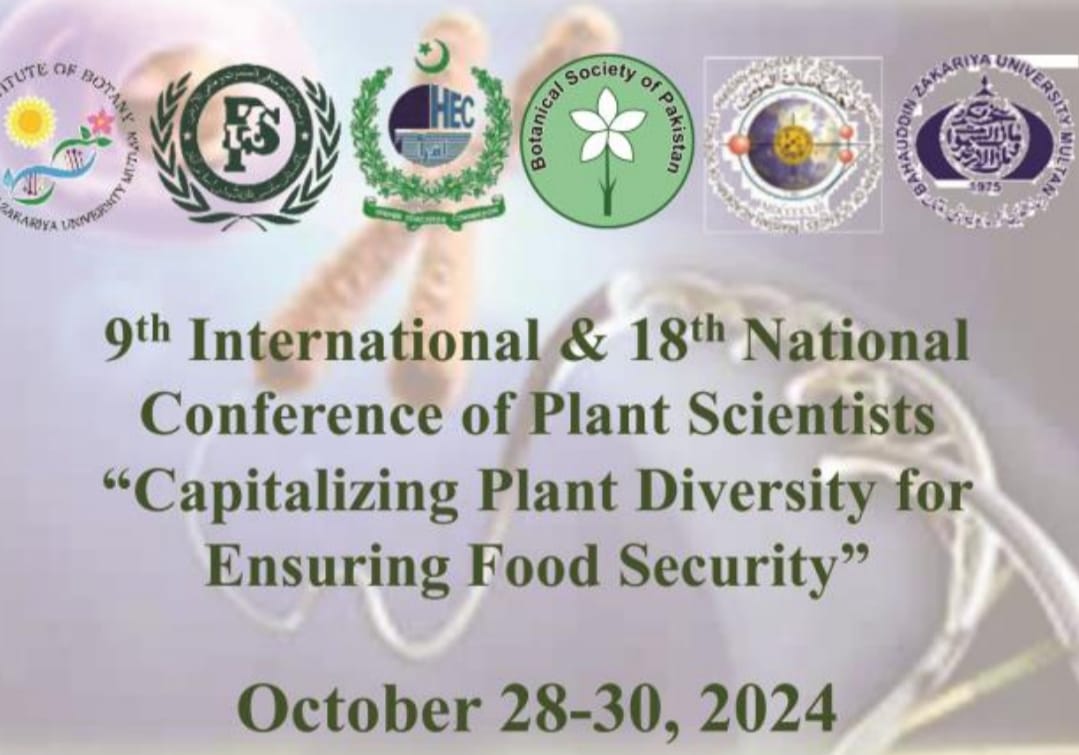
PJB-2026-1507
Impact of parthenium weed on water budget, evapotranspiration, photosynthetic traits, and osmolytes in vegetables: a method development approach
Muhammad Zeeshan Arshed and Muhammad Shafiq
Abstract
Parthenium hysterophorus is an aggressive invasive weed that severely affects water availability and crop productivity. This study aimed to develop a simplified method for water budget monitoring by evaluating the relationship between key above- and below-ground parameters (canopy cover, biomass, and root-shoot interactions) in 250 parthenium samples. Additionally, the impact of parthenium on winter vegetable crops (broccoli, lettuce, and peas) were assessed under co-cultivation conditions. Physiological responses including biomass production, photosynthetic traits, gas exchange parameters, osmolytes accumulation, and evapotranspiration (ET) were evaluated at three distinct growth stages (14, 25, and 40 days). ET rates were recorded weekly. Results demonstrated that Parthenium significantly increased transpiration rates and crop water consumption, with ETc values estimated using the Penman-Monteith equation showing up to a 30% increase compared to control plants. In contrast, biomass production, photosynthetic activity, and gas exchange parameters of vegetable crops were notably reduced (20–40%) in the presence of parthenium, while osmolytes accumulation increased as a stress response. A fuzzy logic model was successfully applied to enhance water budget prediction accuracy by integrating multiple plant and soil parameters. The study highlights the critical role of parthenium in altering soil moisture dynamics and water-use efficiency in cropping systems
To Cite this article: Arshed, M.Z. and M. Shafiq. 2026. Impact of parthenium weed on water budget, evapotranspiration, photosynthetic traits, and osmolytes in vegetables: a method development approach. Pak. J. Bot., 58(1): DOI: http://dx.doi.org/10.30848/PJB2026-1(34)
Download PDF


